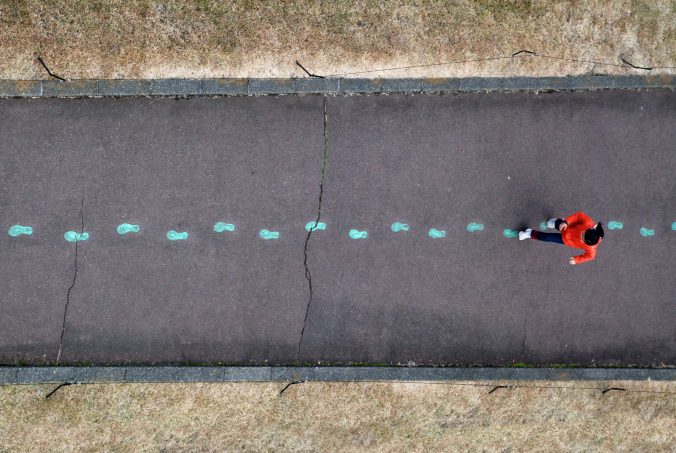Share a story about how you overcame a learning challenge. Why was it a challenge? What strategies did you use? Use the language you learned in this unit.
From Confusion to Clarity: Learning Through Doing
One concept from this unit that really stood out to me was constructivism, especially when I think about the learning challenges I have faced. During my first year of university, I struggled quite a bit with programming. Even though I attended all the lectures and labs, I found it difficult to truly grasp concepts like loops and conditionals just by listening or taking notes. I was absorbing the material, but I could not make sense of it in a way that I could apply effectively.
Looking back, I realize this struggle came from a disconnect between the way I was being taught and the way I learn best. Most of the instruction followed a behaviorist approach, focused on repetition and immediate feedback on simple exercises. According to Ertmer and Newby (2018), behaviorism is useful for mastering foundational tasks through reinforcement, but it often lacks depth for complex problem-solving. I tend to learn more effectively through hands-on exploration, reflection, and connecting new ideas to my prior experience, which are core ideas in constructivist learning (Ertmer and Newby, 2018).
What really helped me move forward was a project in my software engineering class where we had to build a day-trading stock exchange system. This project required me to apply everything I had learned so far. I ran into many issues, but instead of getting discouraged, I treated each bug as a chance to learn something new. I used Stack Overflow, relied on AI tools to understand my errors, talked to classmates, and kept adjusting my code until it finally worked. This kind of active and meaningful engagement with the material is exactly what constructivism encourages.
That project remains one of my favorite learning experiences. I was not just following instructions. I had to problem-solve and think critically. Even though it was mentally demanding, that challenge helped me understand the material much more deeply. It also gave me a new appreciation for learning by doing, rather than just memorizing concepts.
If I had to describe my current learning and teaching mindset, I would say it is mostly constructivist. I believe that learning is most powerful when students are given space to explore, make mistakes, and build their understanding step by step. I still use some behaviorist techniques when starting something new, and I do like to organize information clearly like a cognitivist might. But at the core, I believe in helping learners take ownership of their knowledge.
References
Ertmer, P. A., & Newby, T. J. (2018). Behaviorism, cognitivism, constructivism: Comparing critical features from an instructional design perspective. In R. E. West (Ed.), Foundations of learning and instructional design technology: The past, present, and future of learning and instructional design technology. EdTech Books. https://edtechbooks.org/lidtfoundations/behaviorism_cognitivism_constructivism


Recent Comments